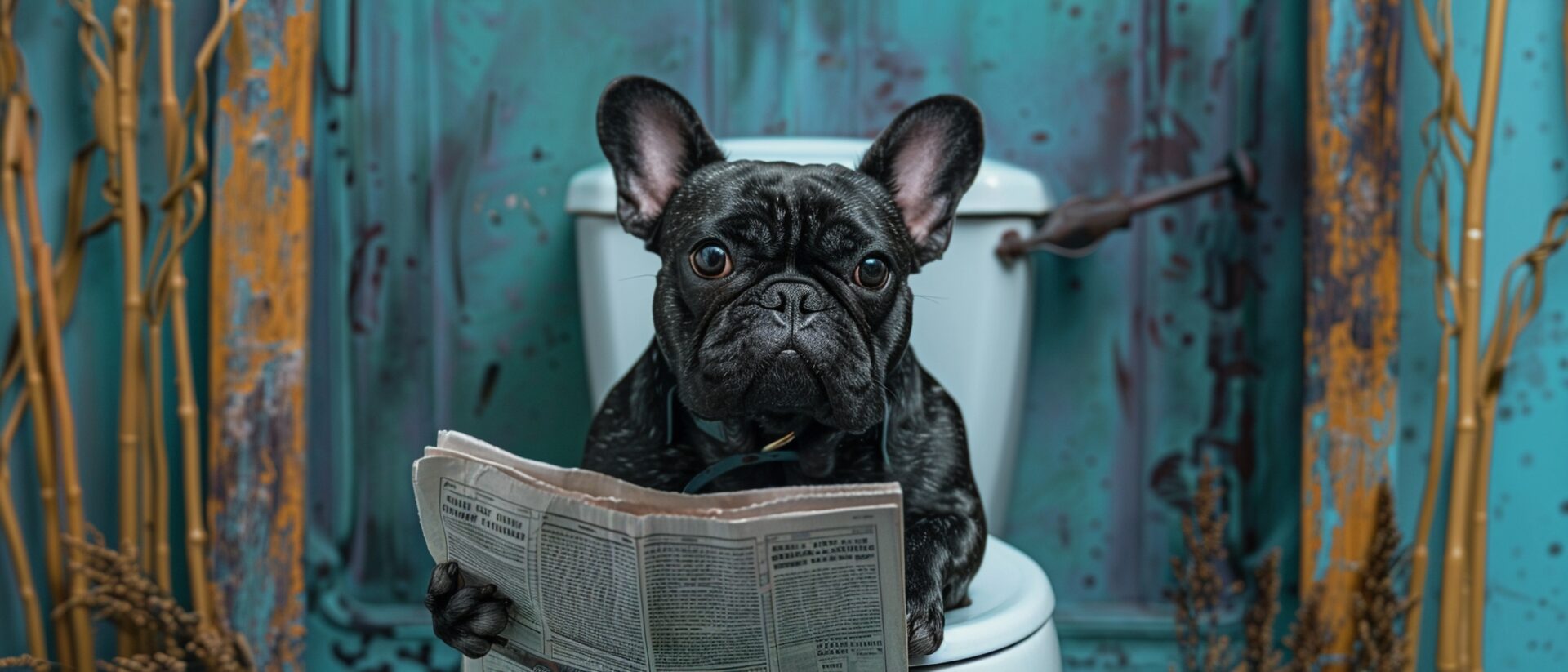
Pit Bulls: Strong, Loving, and Misunderstood
Free initial cleanup with regular service

Pit Bulls: The Breed
Pit Bull is a common umbrella term that often includes the American Pit Bull Terrier, American Staffordshire Terrier, Staffordshire Bull Terrier, and many mixed breed lookalikes. Whatever the lineage, these dogs are known for strength, loyalty, and goofy charm. At POOP 911, we meet Pit Bulls who sprint circles in the yard, snuggle like champions, and greet life with open hearts. Sadly, myths linger. Good care, training, and social time turn these dogs into incredible companions. If you want truth over headlines, keep reading. We break down what real Pit Bull families experience every single day.
Origins
Pit Bull type dogs trace their roots to 19th century Britain, where bulldogs and terriers were crossed to create athletic, determined dogs who could handle tough farm and working tasks. Some were tragically used in blood sports of the era. When families immigrated to North America, the dogs came too, shifting from rough arenas to household guardians, farm helpers, and loyal companions. In the United States they earned reputations as nanny style family dogs and wartime mascots. Today, many shelters list Pit Bull mixes, showing how these historic working dogs have become everyday family pets across the country.
Temperament
Well raised Pit Bulls are people focused, eager, and affectionate. They thrive on human interaction and often press their whole body into you for contact. Many are playful clowns who live for praise and games. Because they are strong and determined, early training and structure matter. Like any breed group, individual personality varies. Some are laid back cuddle bugs, some are high drive athletes. Positive reinforcement and clear boundaries help bring out calm, confident behavior. When their emotional tank is full, Pit Bulls show endless loyalty and deep connection with their families.
Size
Because Pit Bull covers multiple related breeds and mixes, size ranges widely. Many adult dogs fall between 30 and 70 pounds, with heights from about 17 to 21 inches at the shoulder common in the American Pit Bull Terrier and American Staffordshire types. Some mixes run smaller, others heavier and blockier. Muscular frames, broad chests, and expressive heads give them a powerful look without excessive bulk. Their athletic build means they can jump, sprint, and pivot fast, so secure yards and sturdy equipment are smart. Despite the muscles, most think they are lap dogs.
Lifespan
The average lifespan for Pit Bull type dogs is roughly 12 to 15 years, depending on genetics, size, and overall health care. Many mixed heritage dogs benefit from broader genetic diversity, which can support longevity. Regular veterinary checkups, quality nutrition, heartworm prevention, and weight management help extend healthy years. Dental care and joint support matter too, especially for energetic dogs that love high impact play. Give them family time, mental games, and safe exercise, and most Pit Bulls remain bright eyed and enthusiastic well into their senior seasons. They stay devoted from puppy breath to gray muzzle.
Intelligence
Pit Bulls are quick studies who love to learn when training is upbeat and rewarding. They read human tone and body language closely, which helps them bond and respond. Their working ancestry gave them persistence, so channel that determination into structured tasks. Obedience, trick training, scent games, and puzzle feeders keep minds busy and manners sharp. Because they are strong, teaching polite leash skills and reliable recall early is a gift to everyone. Many excel in dog sports like weight pull, rally, and agility. Smart, willing, and tuned into people, they shine when given a job.
Friendliness
Most Pit Bulls adore people. They greet friends like long lost relatives and often wiggle from nose to tail. Proper introductions still matter, especially with small children who may not read dog signals. With other dogs, social style can vary. Some are social butterflies, others prefer selective friendships. Early, positive socialization and supervised play help build good manners. Teach calm greetings and reward relaxed behavior. When families invest in training and routine, Pit Bulls become loving household companions who lean in for hugs, nap with kids, and welcome visitors once cleared by their humans.
Exercise
Pit Bull type dogs need daily exercise that works both muscles and minds. Aim for at least one solid activity session plus shorter walks or play breaks. Tug, flirt pole play, fetch, hiking, and structured weight pulls all burn energy. Brain games like hide and seek treats or obedience drills help tire them mentally. Without outlets, bored dogs may dig, chew, or re landscape the yard. Rotate toys, vary routes, and include training during exercise to keep things fresh. A well exercised Pit Bull is relaxed, content, and far less likely to create mischief indoors.
Grooming
Most Pit Bulls have short coats that are easy to maintain. A quick weekly brushing removes loose hair and boosts skin oils for a healthy shine. They shed lightly year round. Bathe as needed, usually every month or two, or after a mud roll in the yard. Pay attention to ears, especially if your dog enjoys water play. Trim nails regularly so powerful paws stay comfortable. Good dental care supports whole body health. Because skin can be sensitive, choose gentle shampoos and wash bedding often. Simple grooming habits keep your Pit Bull clean, comfortable, and cuddle ready.



